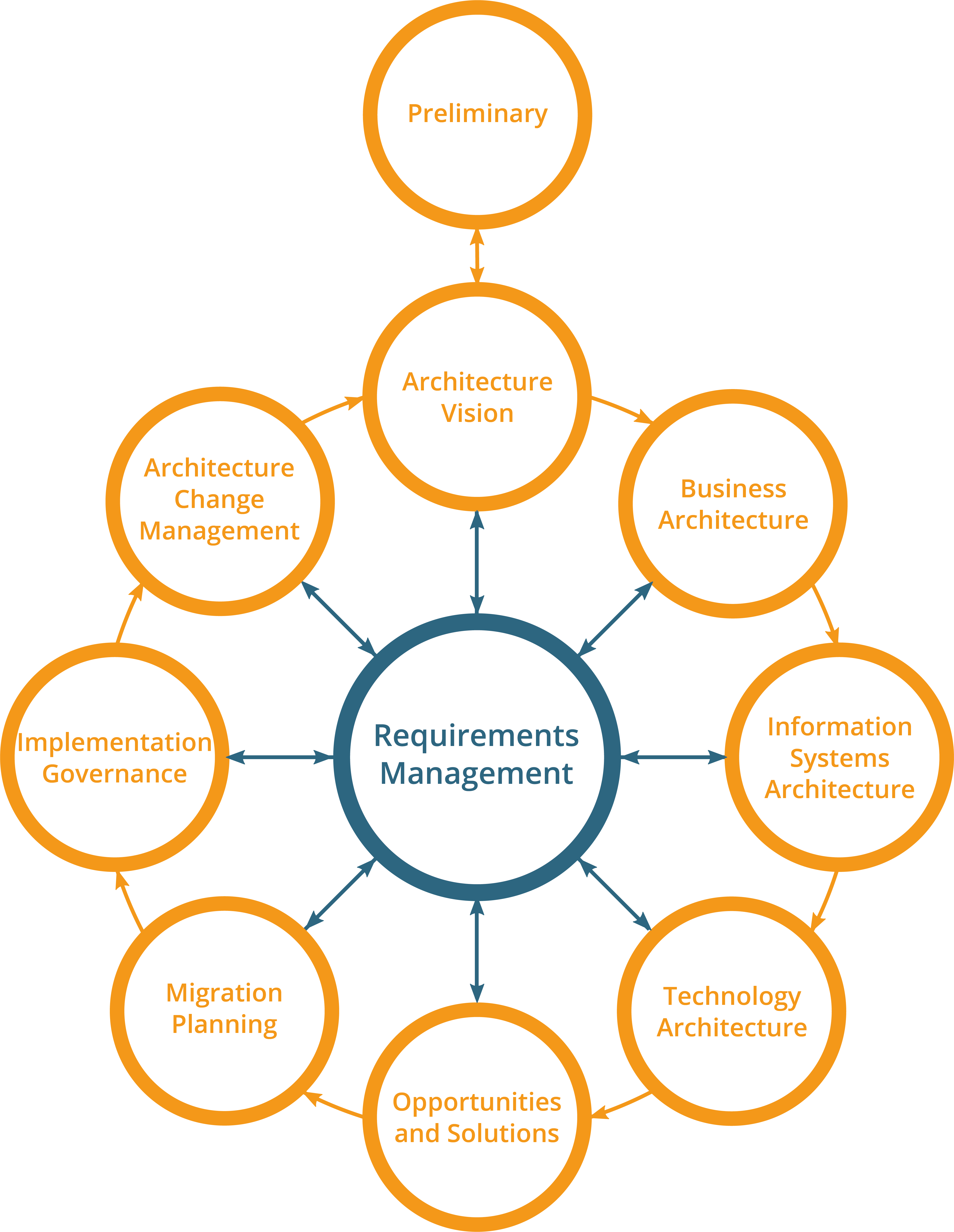In the rapidly evolving world of technology, solution architects are the architects of the future. Their role is both exciting and demanding, as they tackle a myriad of challenges in their pursuit of innovative and effective solutions. In this comprehensive exploration of the future, we’ll delve into the common challenges faced by solution architects and provide detailed strategies to overcome them, ensuring that they continue to shape a world of limitless technological possibilities.
1. Complex Ecosystems and Integration Puzzles
Modern solutions seldom operate in isolation. Instead, they must seamlessly integrate with existing systems, creating intricate ecosystems that challenge architects.
Embrace microservices architecture and API-driven development. Decompose solutions into manageable components, facilitating agile development and simplified integration. Leverage middleware and integration platforms for efficient orchestration and data flow.
2. Scalability and Performance Demands
The future promises growth, but with growth comes the heightened need for scalability and superior performance.
Implement cloud-native architecture, containerization, and serverless computing. These technologies offer auto-scaling capabilities that adjust to fluctuating demands, ensuring optimal performance at all times.
3. Security in an Ever-Present Threat Landscape
The ever-evolving threat landscape demands robust security measures to protect sensitive data and systems.
Adopt a defense-in-depth strategy encompassing firewalls, encryption, intrusion detection, and continuous monitoring. Make security a fundamental aspect of every development stage, from design to deployment.
4. Balancing Innovation and Legacy Systems
Many organizations rely on legacy systems that can be resistant to change. Architects must innovate while maintaining compatibility with these systems.
Leverage API gateways and data integration layers to bridge the gap between legacy and modern systems. Invest in modular upgrades that gradually modernize legacy components without disrupting core operations.
5. Evolving Regulatory and Compliance Landscape
Regulations are in constant flux, affecting data handling, privacy, and security. Architects must ensure solutions remain compliant.
Stay abreast of industry-specific regulations and compliance standards. Implement flexible architectures that enable rapid adjustments to meet evolving compliance requirements.
6. The Need for Rapid Prototyping
Challenge: Businesses demand rapid results and proof of concept. Architects must prototype solutions swiftly to demonstrate feasibility.
Solution: Incorporate low-code or no-code development platforms to expedite prototyping. Employ design thinking methodologies for rapid ideation, validation, and iterative development.
7. Talent Shortages in Specialized Fields
Finding skilled professionals in emerging fields like AI, blockchain, and cybersecurity can be a significant challenge.
Invest in the ongoing training and upskilling of existing team members. Explore partnerships, collaborations, or outsourcing to access specialized expertise when necessary.
8. Balancing Cost and Innovation
Budget constraints can limit the scope of innovation. Architects must innovate within financial constraints.
Prioritize open-source and cost-effective solutions. Utilize cloud services with pay-as-you-go pricing models to manage costs efficiently, scaling resources as needed.
9. Communicating Complex Concepts to Stakeholders
Solution architects must translate intricate technical concepts into language that non-technical stakeholders can comprehend and support.
Develop strong communication skills and employ visualization tools to convey complex ideas clearly. Create detailed yet concise documentation and engaging presentations for effective communication.
10. Abreast of Rapid Technological Changes
Technology evolves at an unprecedented pace. Architects must continually update their knowledge and skills.
Dedicate time to continuous learning. Attend industry conferences, webinars, and engage in knowledge-sharing communities. Encourage a culture of lifelong learning within your team.
Final Thoughts
As solution architects navigate the complex challenges of the future, they must harness the power of agility, innovation, and unwavering dedication to their craft. By embracing cutting-edge technologies, fostering a security-first mindset, and finding the delicate balance between innovation and practicality, solution architects will not merely overcome these challenges—they will thrive within them. In their hands, the future becomes an exciting frontier of boundless technological possibilities.


Leave a Reply